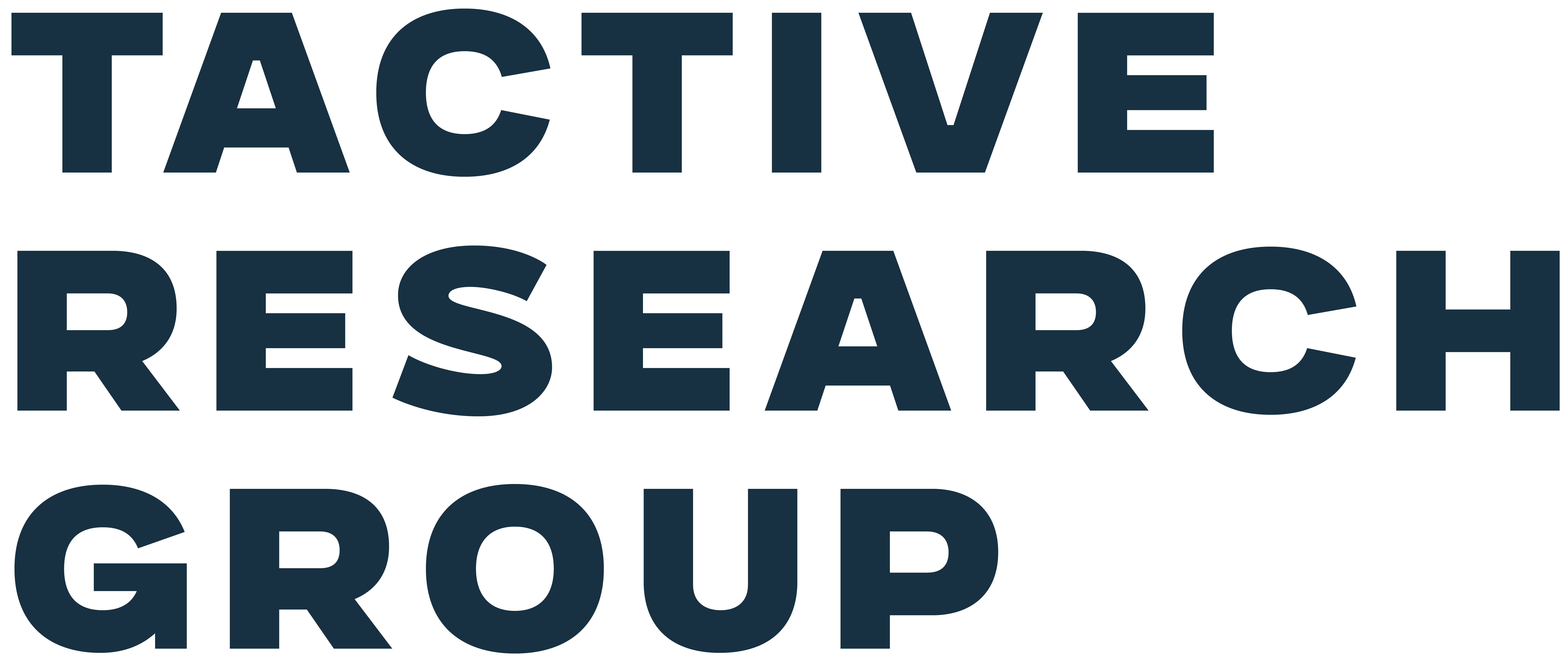The convergence of the Internet of Things (IoT), robotics, and artificial intelligence (AI) has given rise to the Internet of Robotic Things (IoRT)--enabling the use of intelligent, autonomous systems in manufacturing. CIOs and IT executives should consider using IoRT to increase operational efficiency and drive innovation.
Why You Should Care
- Enhanced operational efficiency. IoRT systems facilitate seamless communication between devices and robots, leading to improved coordination and productivity on the manufacturing floor. This integration reduces downtime and optimizes resource utilization.
- Scalability and flexibility. The modular nature of IoRT allows for scalable solutions that can adapt to changing production demands. This flexibility supports the implementation of new manufacturing processes without significant overhauls.
- Improved decision-making. By leveraging AI and real-time data analytics, IoRT provides actionable insights that inform decision-making. This capability enhances quality control and accelerates response times to market changes.
- Competitive advantage. Early adoption of IoRT technologies positions manufacturers ahead of competitors by fostering innovation and responsiveness to industry trends. This strategic advantage can lead to increased market share and profitability.
What You Should Do Next
Initiate a comprehensive assessment of your current manufacturing infrastructure to identify areas where IoRT integration can yield the most significant benefits. Develop a strategic roadmap for implementing IoRT solutions, including timelines, resource allocation, and key performance indicators to measure success.
Get Started
- Conduct a readiness assessment. Evaluate your existing IT and operational technology infrastructure to determine compatibility with IoRT solutions. Identify necessary upgrades to support seamless integration.
- Invest in training and development. Equip your IT and operational teams with the skills required to manage and maintain IoRT systems. Offer training programs focused on IoT, robotics, and AI technologies.
- Collaborate with technology partners. Engage with IoRT solution providers to gain insights into best practices and emerging trends. Establish partnerships that can assist in the smooth implementation of IoRT technologies.
- Pilot IoRT initiatives. Start with small-scale IoRT projects to test feasibility and measure impact. Use the insights gained to refine your approach before scaling up across the organization.

